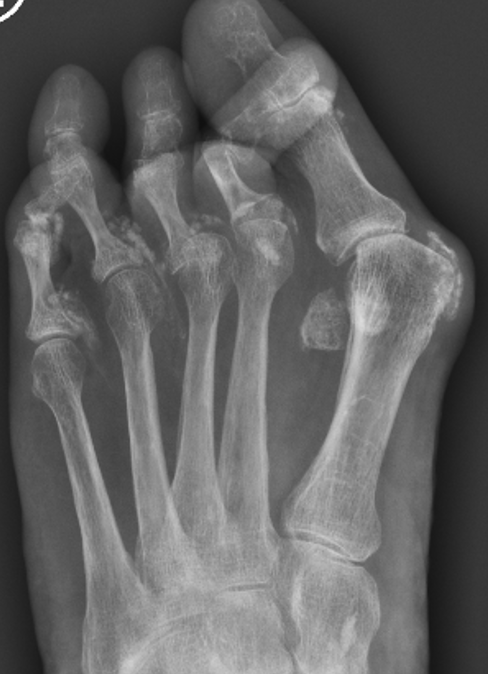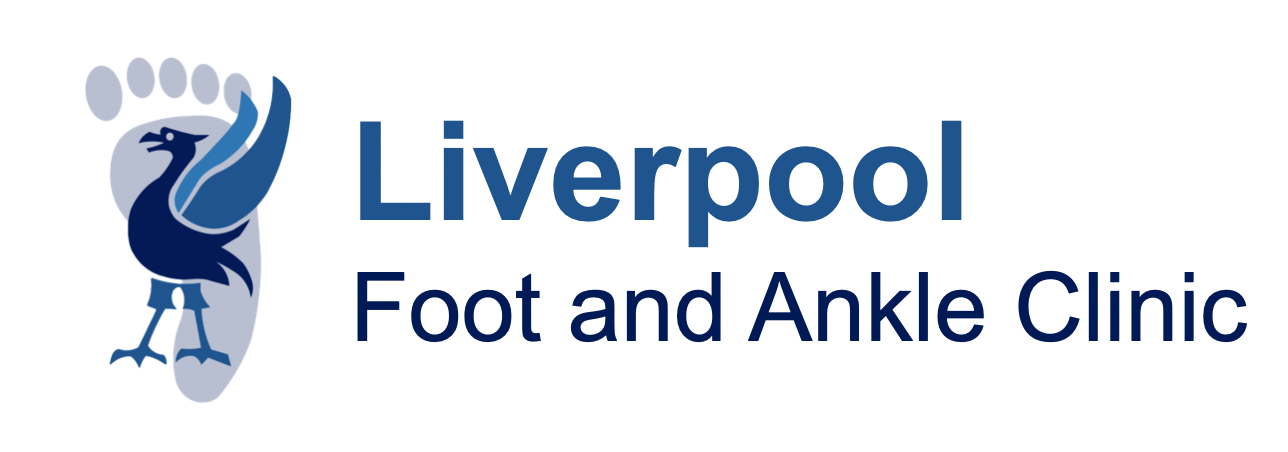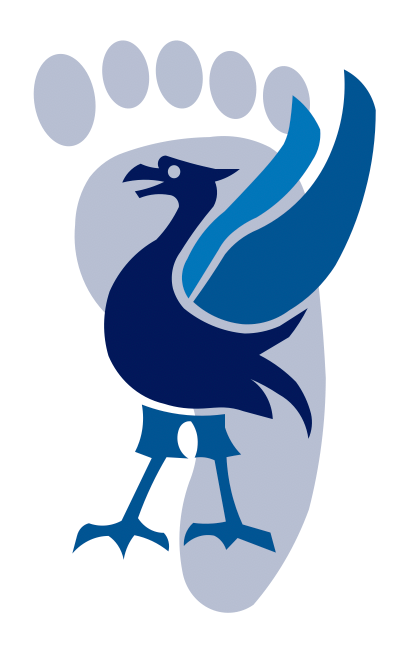
Prof Mason
Liverpool Foot and Ankle Clinic
To book an appointment, either email or phone the number below or click the link.
E-mail: CVDWclerical@outlook.com
Contact Patient Liaison: 07717580737
Lesser Toe Deformities
Lesser toe deformities refer to various conditions that affect the alignment and shape of the toes other than the big toe. These deformities can cause pain, discomfort, and difficulty in walking.
What are the types of lesser toe deformities?
Lesser toe deformities can take several forms, each with distinct characteristics. Here are the main types:
- Hammer Toes:
- Description: The toe is bent at the middle joint, causing it to resemble a hammer. This usually affects the second, third, or fourth toes.
- Causes: Often caused by wearing tight shoes, muscle imbalance, or trauma.
- Mallet Toes:
- Description: The toe is bent at the joint nearest the tip, resulting in a downward pointing appearance.
- Causes: Similar to hammer toes, mallet toes can result from wearing improper footwear or from muscle imbalances.
- Claw Toes:
- Description: The toe bends upward at the joint where the toe and foot meet, and downward at the middle and end joints, forming a claw-like shape. This deformity usually affects all four smaller toes.
- Causes: Often associated with conditions like rheumatoid arthritis, diabetes, or neurological disorders.
- Curly Toes:
- Description: The toe curls under the foot, often overlapping with neighbouring toes. This is most common in the fourth and fifth toes.
- Causes: This condition can be congenital or result from wearing tight shoes or muscle imbalances.
- Overlapping Toes:
- Description: One toe overlaps another, often occurring at birth but can develop later due to ill-fitting shoes or foot structure issues such as a bunion (hallux valgus).
- Causes: Congenital factors, improper footwear, or conditions like bunions can cause overlapping toes.
What are the treatments for lesser to deformities?
Treatment for lesser toe deformities varies based on the type and severity of the deformity. Here are common treatment options:
Conservative Treatments
- Proper Footwear:
- Description: Wearing shoes with a wide toe box, low heels, and good arch support to alleviate pressure on the toes.
- Benefits: Reduces discomfort and prevents further deformation.
- Orthotic Devices:
- Description: Custom-made or over-the-counter orthotics, such as insoles, pads, or splints, to provide support and correct alignment.
- Benefits: Helps redistribute pressure and improve foot mechanics.
- Padding and Taping:
- Description: Using pads to cushion corns and calluses, and taping to hold toes in a more natural position.
- Benefits: Reduces pain and prevents further irritation.
- Exercises and Stretching:
- Description: Performing exercises to strengthen and stretch the muscles of the feet and toes.
- Benefits: Improves flexibility, corrects muscle imbalances, and reduces deformity progression.
- Medications:
- Description: Over-the-counter pain relievers like ibuprofen or acetaminophen to manage pain and inflammation.
- Benefits: Provides temporary relief from discomfort.
- Corticosteroid Injections:
- Description: Injections to reduce inflammation and pain in the affected area.
- Benefits: Provides relief from severe pain and inflammation.
Surgical Treatments
The surgical treatment of lesser toe deformity often encompasses a number of small procedures, bespoke to the patients needs and nature of deformity. This can encompass not only the deformity itself, but also the treatment of anything contributing to the deformity (e.g. tight calf or bunion). Some of the procedures are as follows:
- Tendon Release or Lengthening:
- Description: Surgical procedure to release or lengthen the tendons causing the toe deformity.
- Joint Resection:
- Description: Removal of part of the joint or bone to allow the toe to straighten. This is especially important for severe and stiff deformities.
- Arthrodesis (Fusion):
- Description: Fusing the joint to keep the toe straight permanently, usually at the deformed knuckle of the toe.
- Osteotomy:
- Description: Cutting and realigning the bone to correct the deformity.
- Implants or Prosthetics:
- Description: Using implants or prosthetic devices to replace damaged joints or bones is rare in lesser toe deformities.


Lesser Toe Deformity Correction
This is an example of a severe inflammatory arthritis which has had bone excision and big toe fusion to correct the deformities.
FAQs
What can I expect after surgery?
Pain Management: Pain and swelling are common after surgery and can be managed with prescribed pain medications and ice.
Incision Care: Keeping the surgical site clean and dry is crucial to prevent infection.
Wire: The corrected toe position is often kept in place using a wire that sticks out of the toe for a few weeks. These are removed in clinic.
Follow-Up Appointments: Regular follow-up appointments with the surgeon to monitor healing and progress.
Taping: Often taping to keep the toes in position is necessary for 12 weeks post surgery.
Are my toes stiff after surgery?
If the toe has to undergo joint fusion, then the toes will be straight but stiff. People generally say they lose the gripping ability of their lesser toes.
How successful if toe deformity surgery?
Success rates are generally high, with most patients experiencing significant relief from symptoms and improved toe alignment. However, outcomes can vary based on individual factors and adherence to post-operative care. The risks are available to read on the patient information page on this website.

